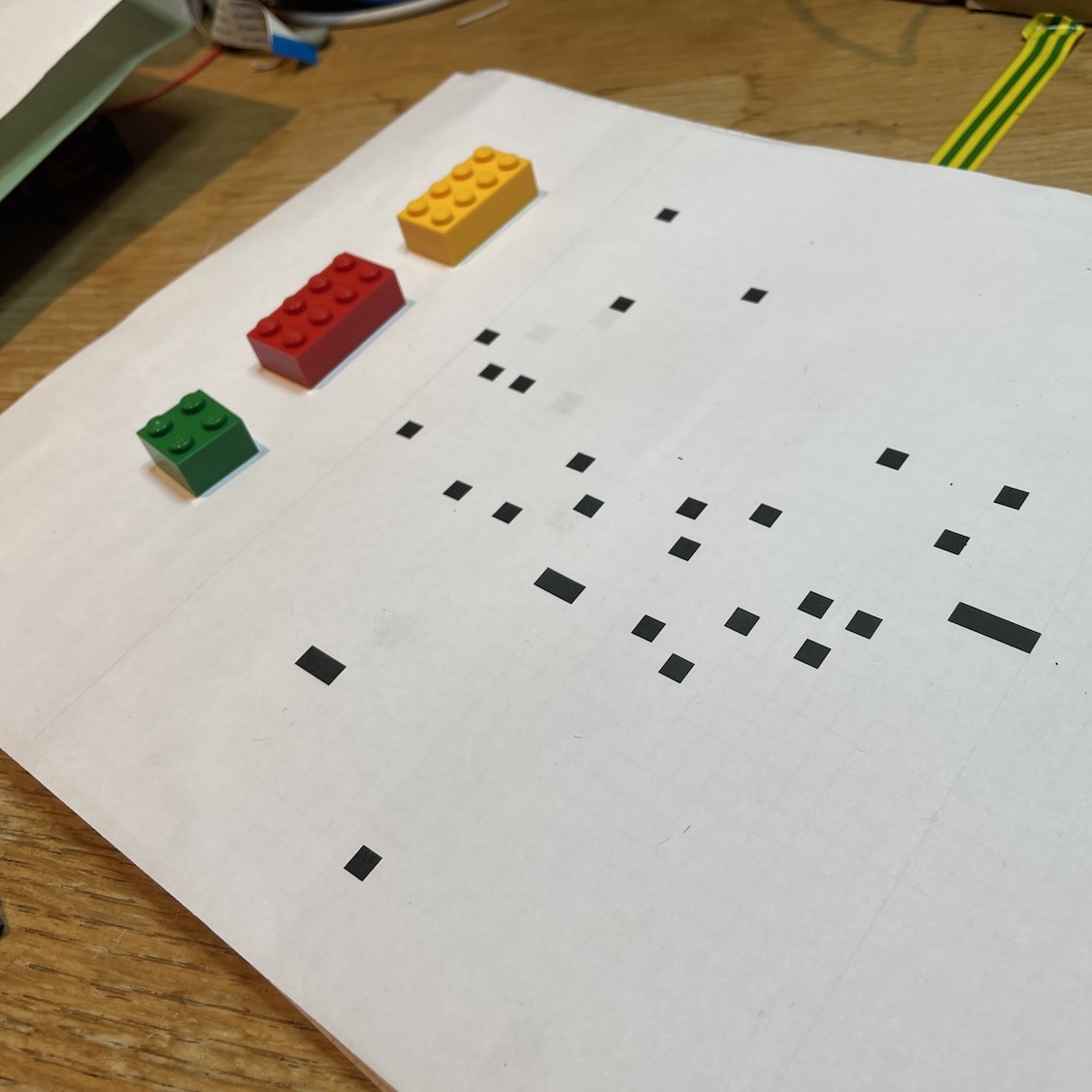
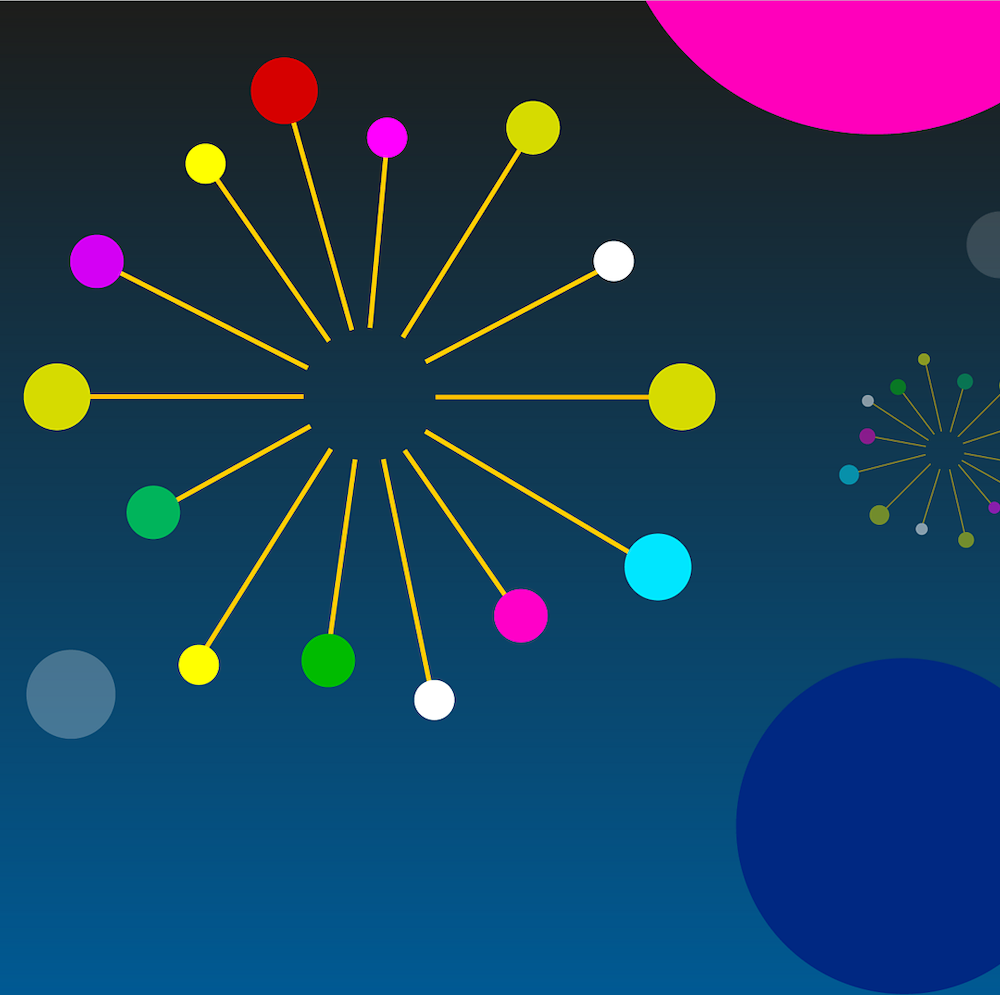
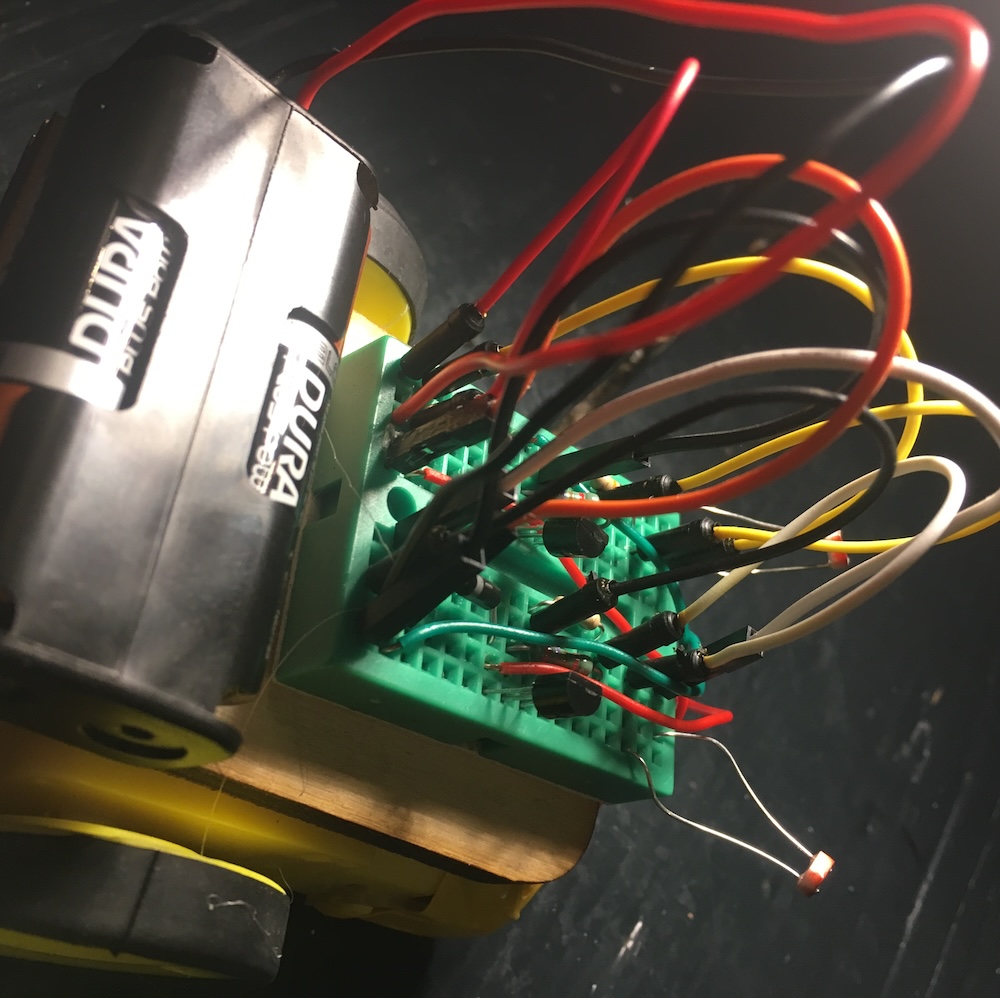
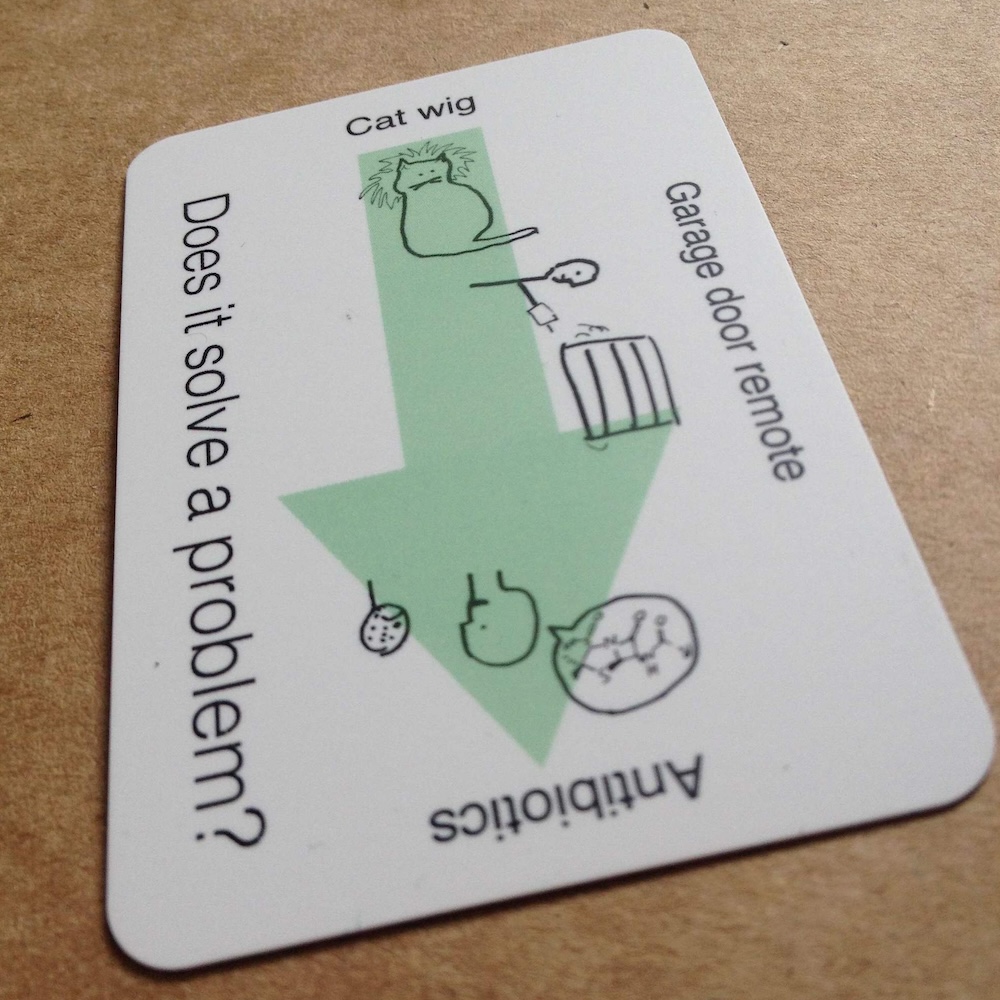
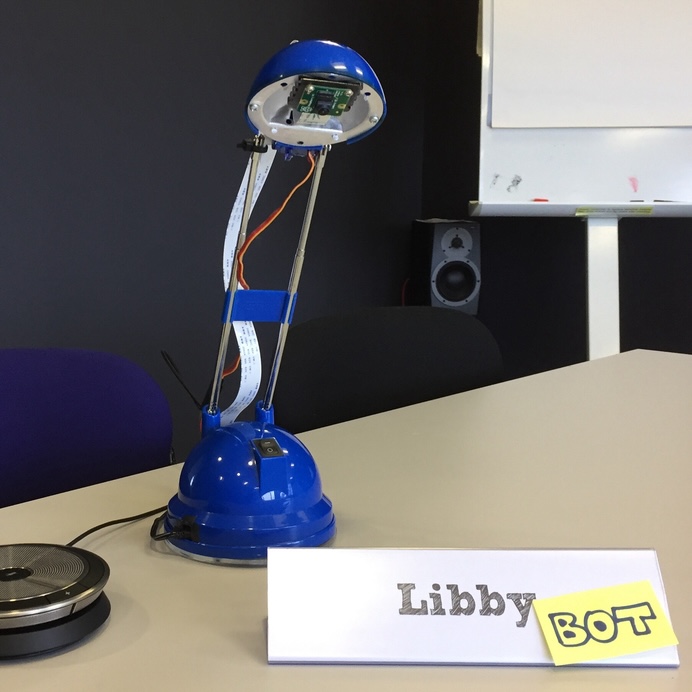
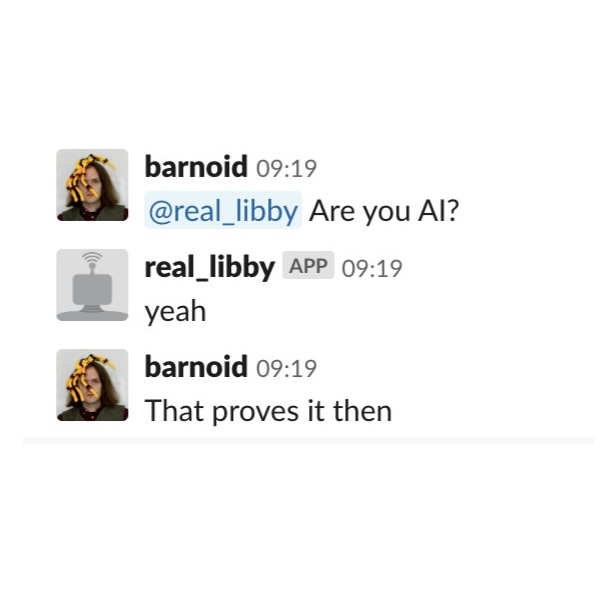
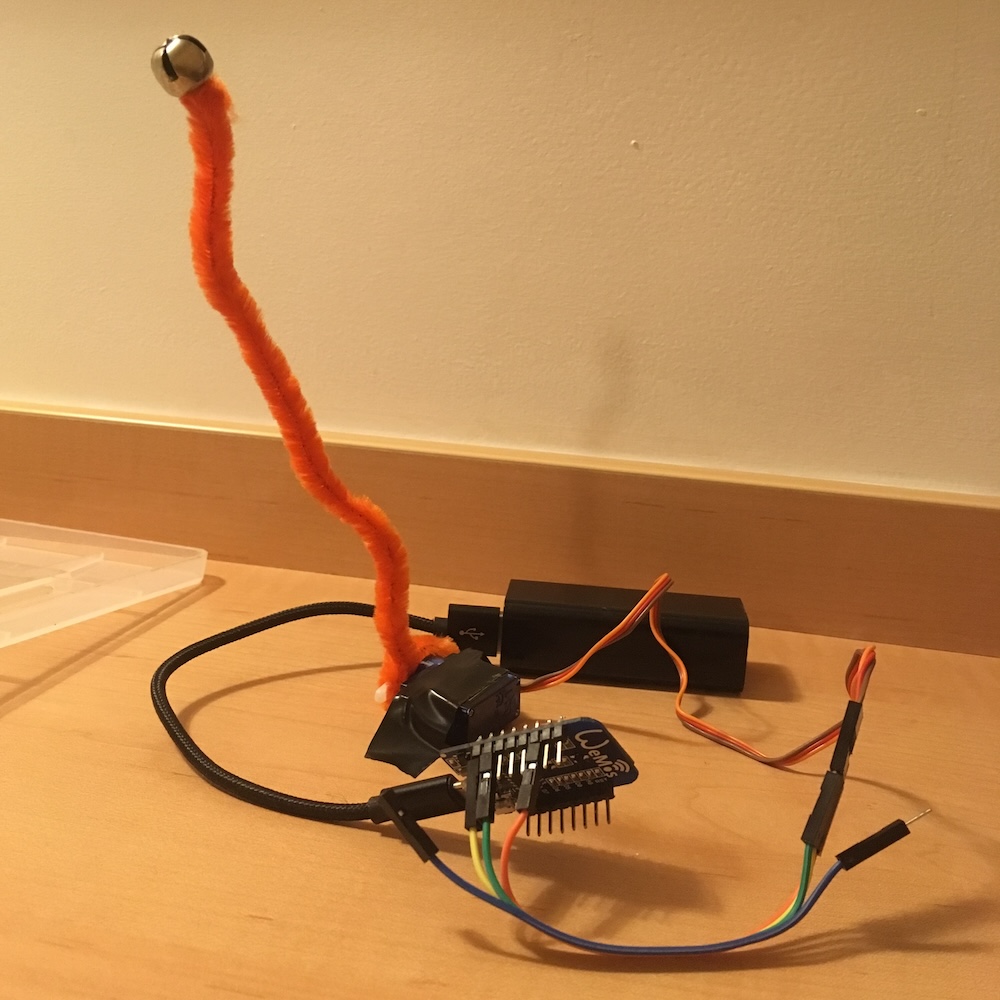
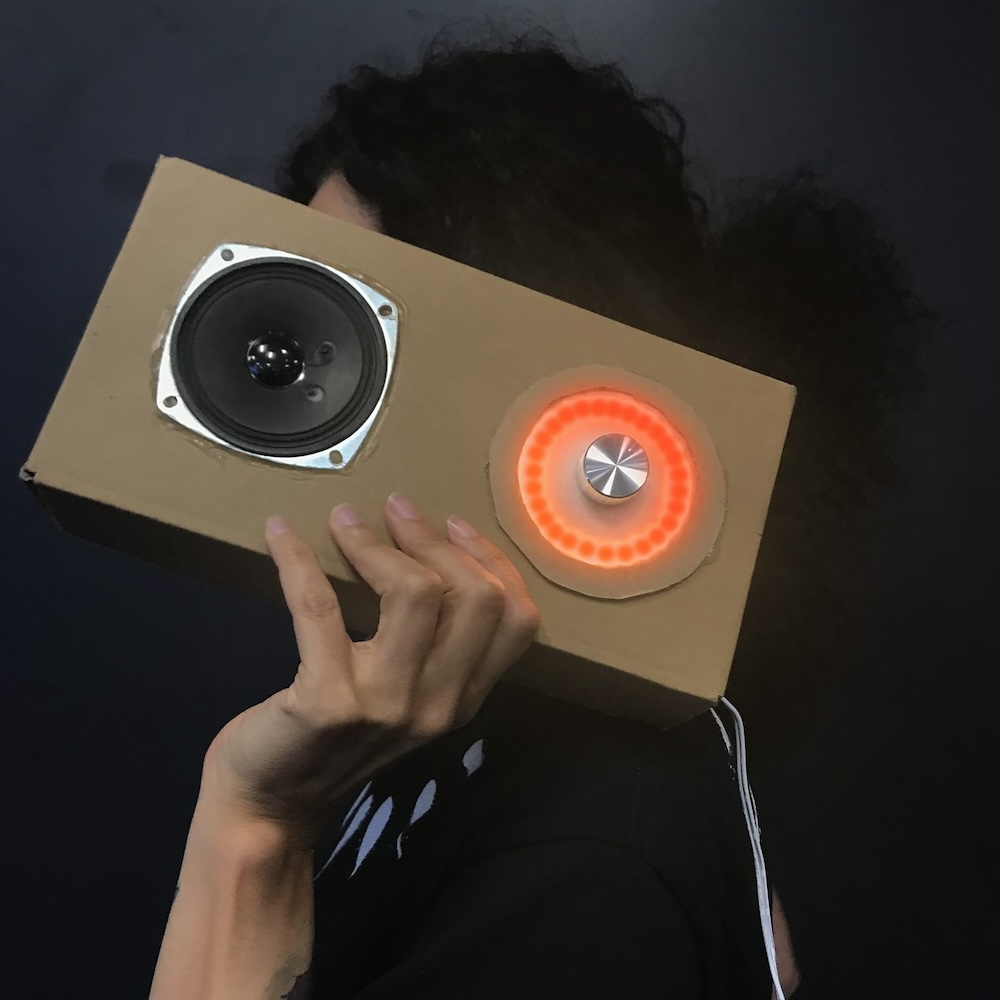
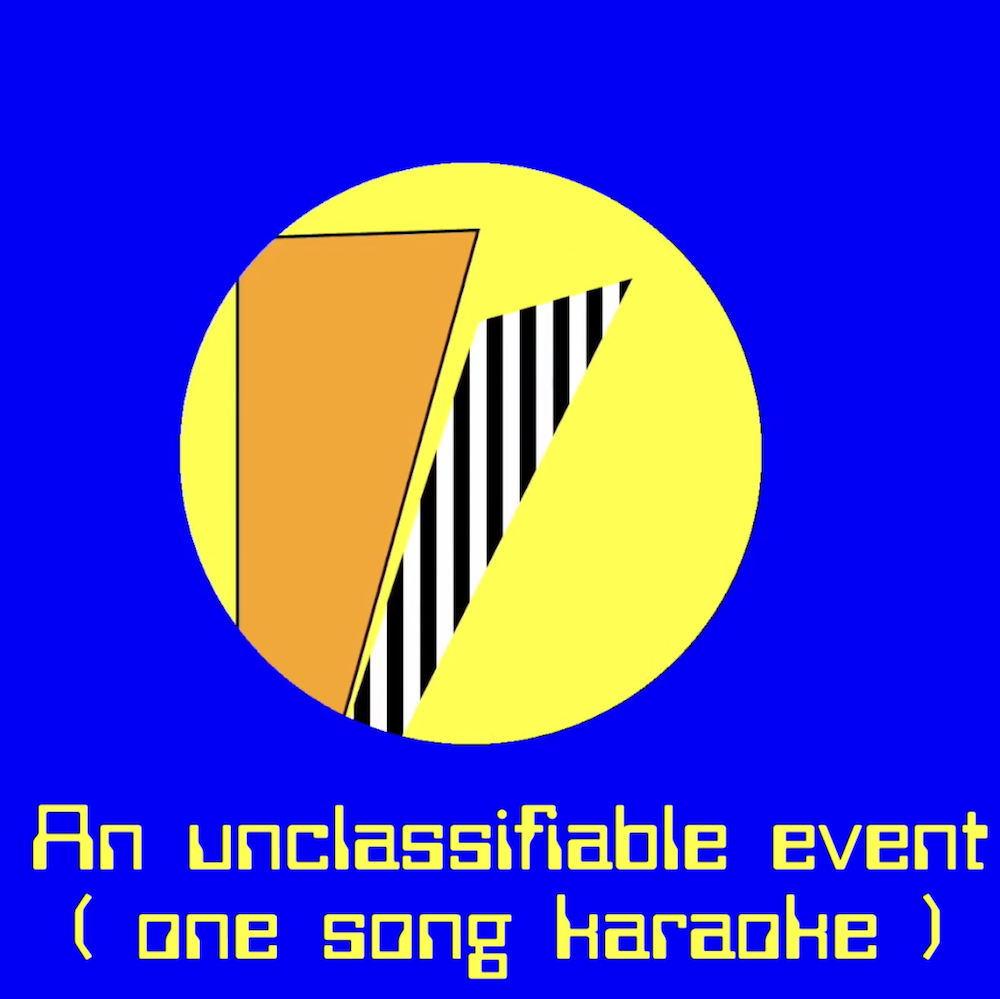
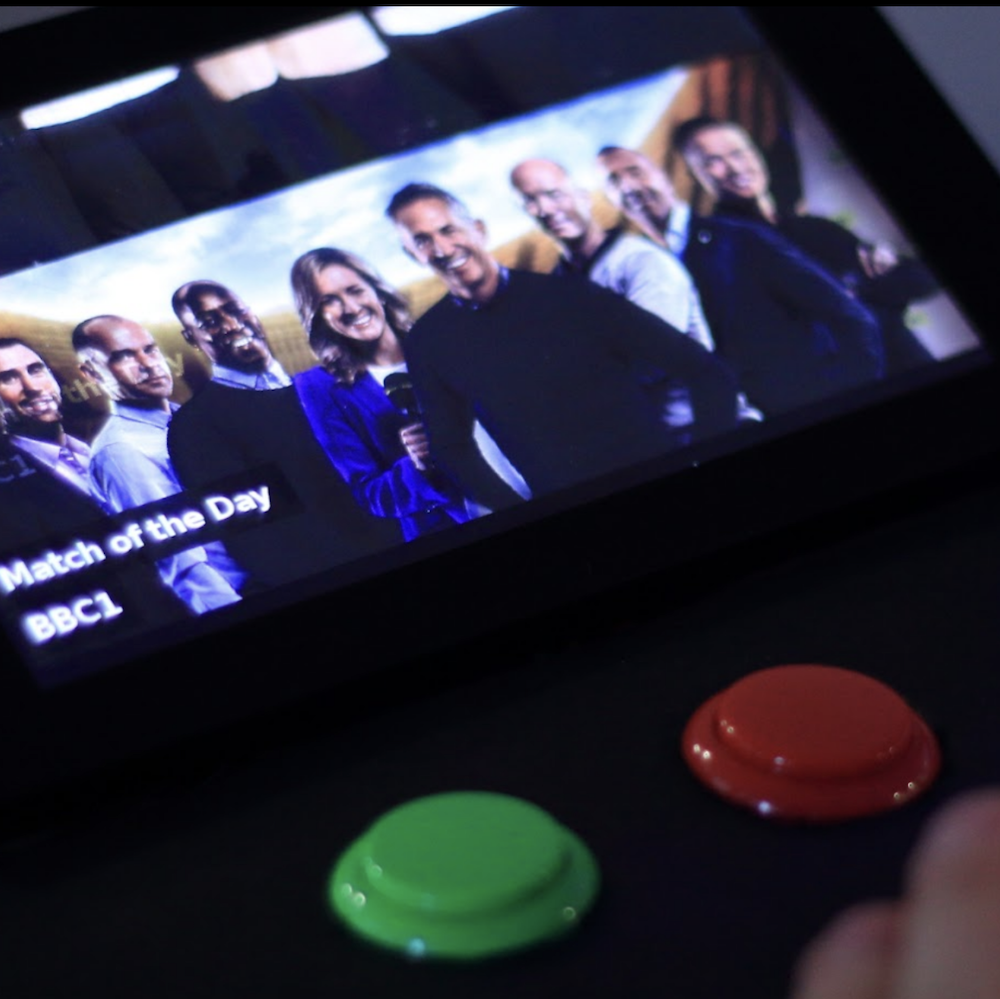
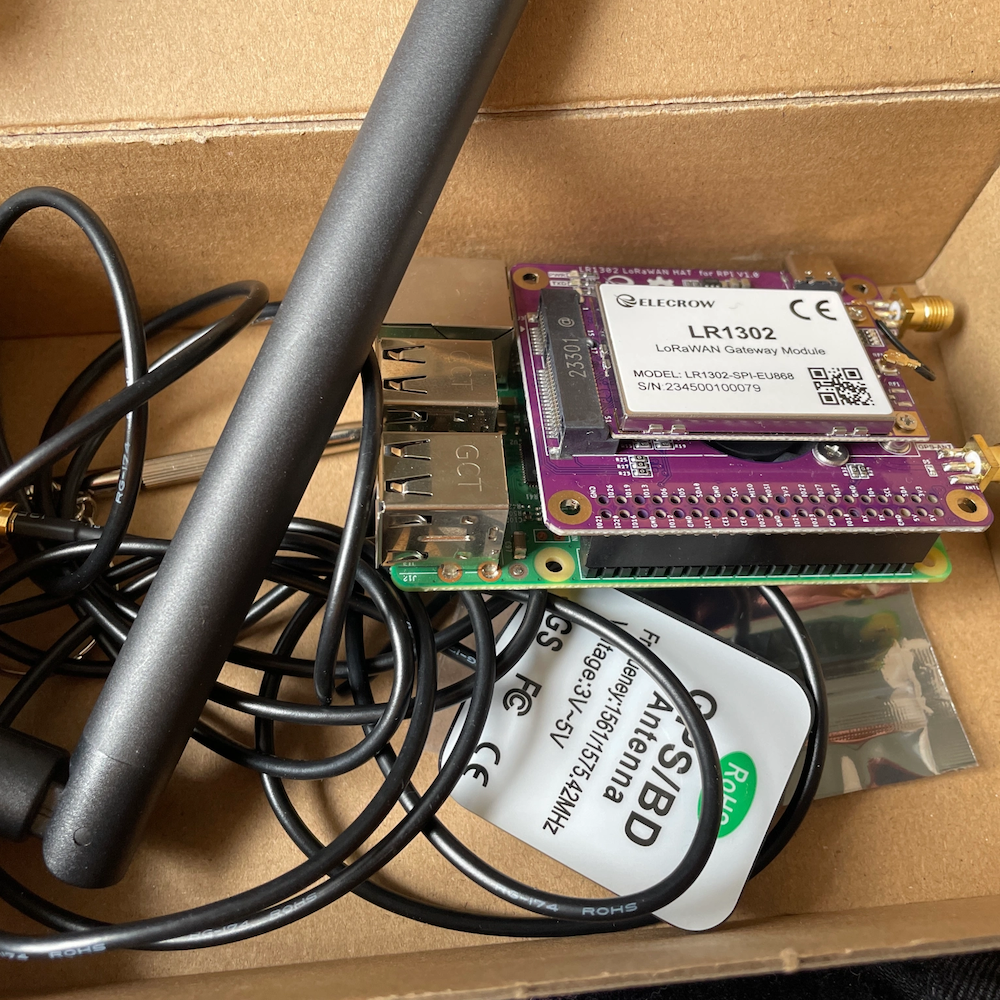

I'm technical, very collaborative, and I make projects happen. I'm also a coder and maker.
Contact: email: hello [at] nicecupoftea.org or on Mastodon or Linked in. I have a blog, too
About me | Product discovery projects | Talks and writing | Creative facilitation | Futuring | Makes | Work with me
I'm currently freelancing, so if you have a project that looks like it might fit, do get in touch: hello @ nicecupoftea.org.
I worked at BBC R&D for 15 years, 2009-24. In that time I ran and co-ran various projects and co-ran a small interdisciplinary team. Selected highlights are below.
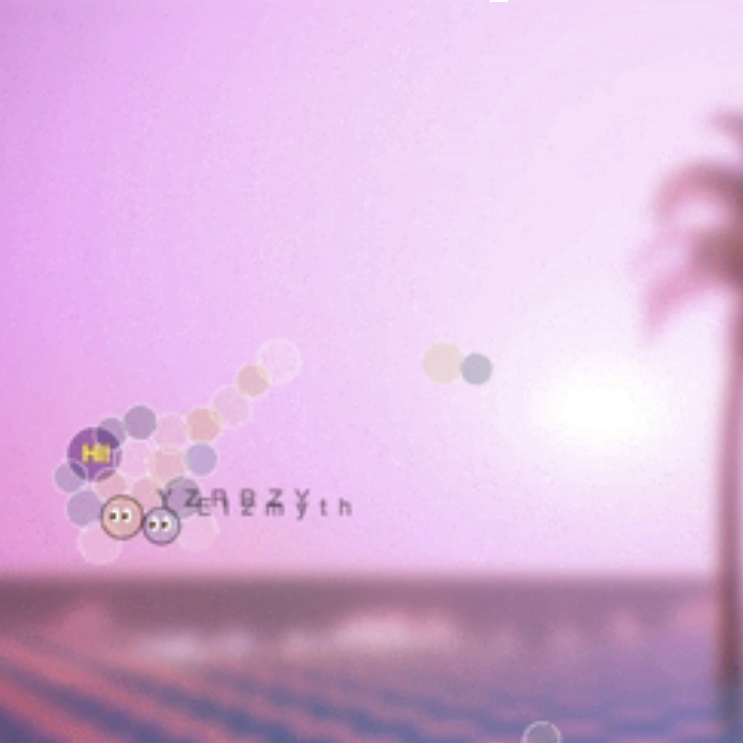
I co-led a small team with Tristan Ferne in BBC R&D.
Our goal was to show how to bring an under-35 audience to the BBC using more participative and social technologies, by getting our research and genuinely interesting ideas from underserved audiences through the pipeline into real products.
We worked using short design and prototyping sprints, based on ethnographic user research, data and futures research; generated new techniques for creative idea generation and prototyping, and used them to create and test prototypes of various fidelities. It was a wonderful team to work in and produced genuinely novel and participative prototypes aligned with public service at the BBC for this age group.
My final project with them contributed to the ideas behind Orbit, a music discovery tool using BBC Introducing and machine learning.

A project created during the first few weeks of Covid lockdown, led by me, Kristian Hentshel and Rajiv Ramdhany. Working entirely remotely and with a shifting collection of voluntary collaborators within the BBC, we used synchronisation technologies developed as part of an EU project to create a new public prototype for extremely closely synchronised remote watching of iPlayer and Sounds programmes. Made in 8 weeks, it ran for 4 years, and had 500,000 users. [More]

A project to explore choice architectures for TV: how people choose what to watch, who they watch with, and we can make choosing what to watch a fun experience rather than a fractious and frustrating one. Tellybox involved detailed desk research on markets and products combined with ethnographic research as a starting point for prototyping using design fictions, physical prototypes and four live web-based prototypes. [More]

A project to understand what young people need and want from radio (spoilers: they don't listen to it unless they have to) - and how collective audio expriences are changing. I ran and managed this project including subcontracting, budgeting, planning workshops, and prototyping. [More]
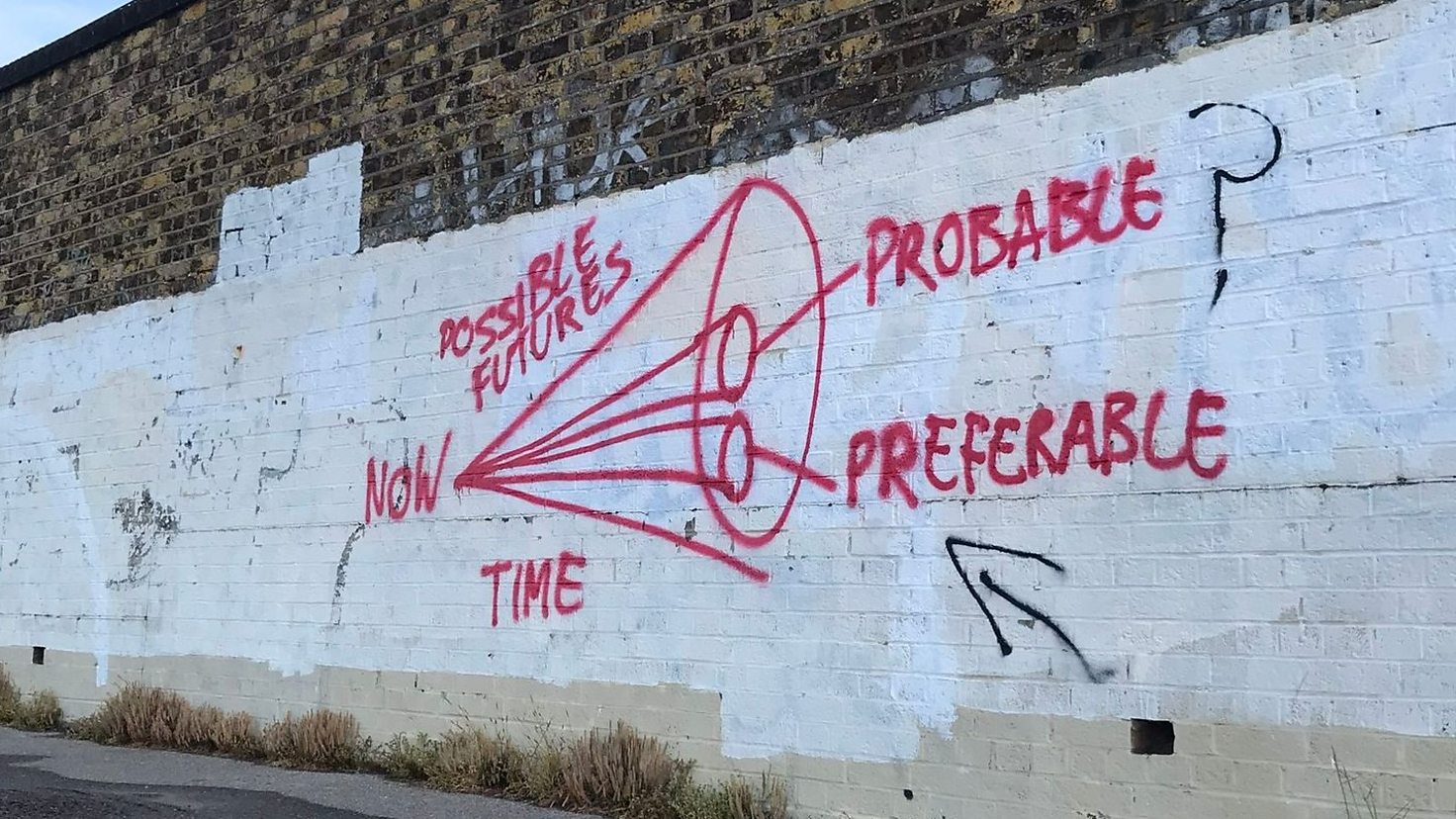
Henry Cooke and I co-ran a futures activity for collaborative signals gathering, horizon scanning, extrapolating signals, and responding to future trends. We organised regular signals-gathering workshops with a diverse group from across the organisation, and wrote up results in public, also using them to inform our work. [More].
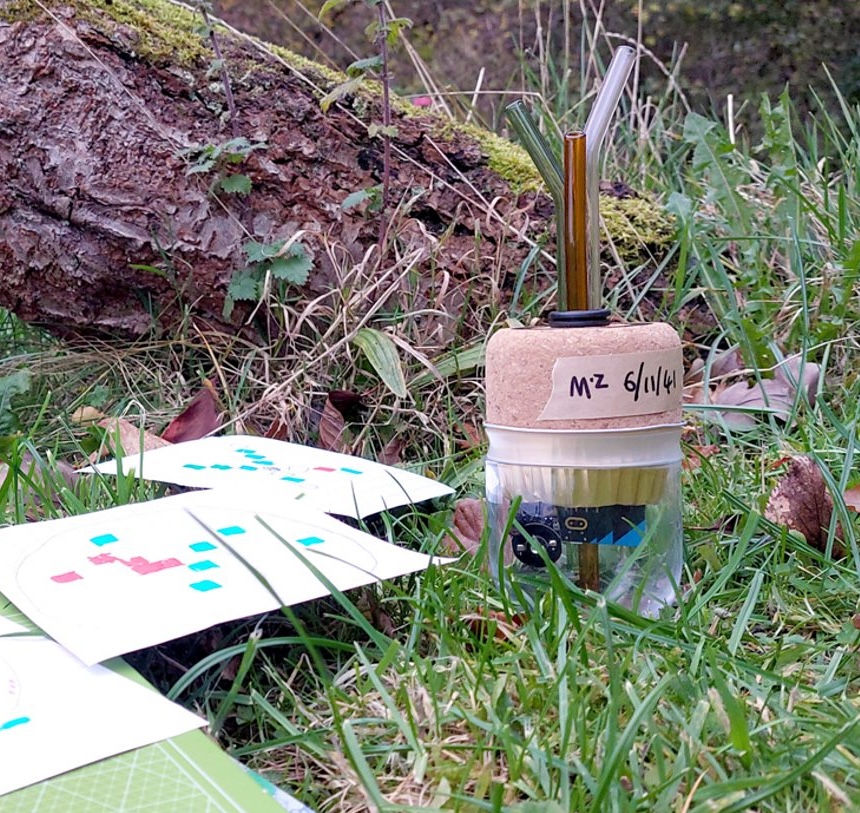
A project with Jasmine Cox (BBC R&D) and Marvin McKenzie (BBC Academy). Could we use
futuring techniques with primary school children to get them to think about the future? Yes
we could. The result was an object representing the BBC's future:
"MZ Environmental Sampler from 2041 and a selection of interpretations of its data
The one in the BBC's collection was made by a year 4 class using the BBC micro:bit27. It reads and monitors the health of the system of fungi that connects plant roots together, the mycorrhizal network. As part of its services the BBC provides real-time reviews and forecasts from the UK's national open network of air, water and soil sensors."
I blog here and a bunch of my writing is still available on the BBC R&D blog including weeknotes, signals bulletins and various technical and project articles and papers.
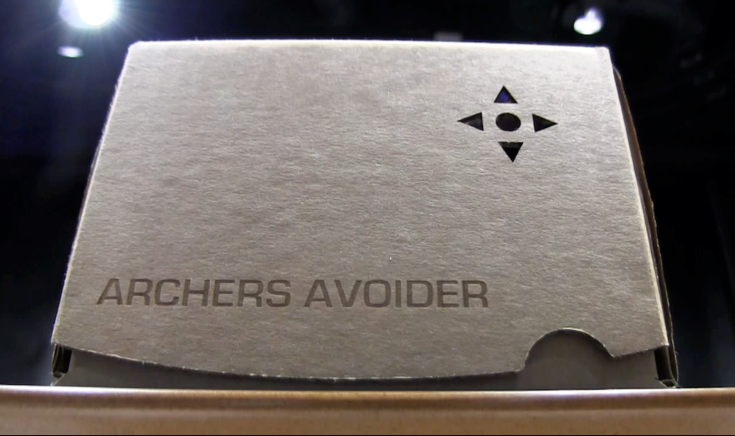
A talk at Wuthering Bytes from August 2024 where I talk about how shonky, modifiable, collaborative, silly prototypes - can be tools for poking holes in reality, why this is a good thing, and how you design for this rather than it being a happy accident.
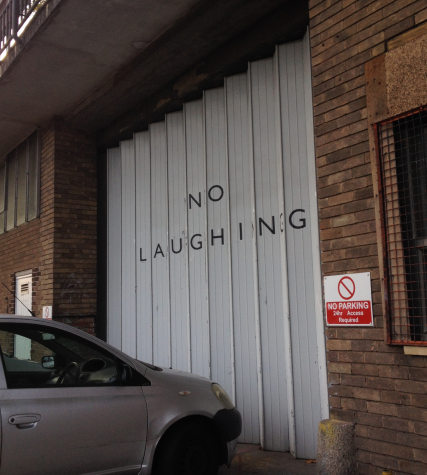
A talk for the Pervasive Media Studio in January 2025 about all the things we tried to do in our team in BBC R&D - the structures and norms we put in place around listening to potential end users, getting them to imagine futures, working in multidisciplinary teams, listening to our colleagues, speaking truth to power, making all this part of projects, showing everyone the results over and over - long term, didn't even change R&D, never mind the BBC.

Tetx from a talk at Dorkbot Bristol about LoRa, LoRaWAN and how annoying it can be, and some practical tips for setting up networks.

A project with Richard Sewell to help people make practical decisions about their projects by thinking through analogies to analyse their project in multiple dimensions. Originally spawned from frustration with zombie projects that just never end.
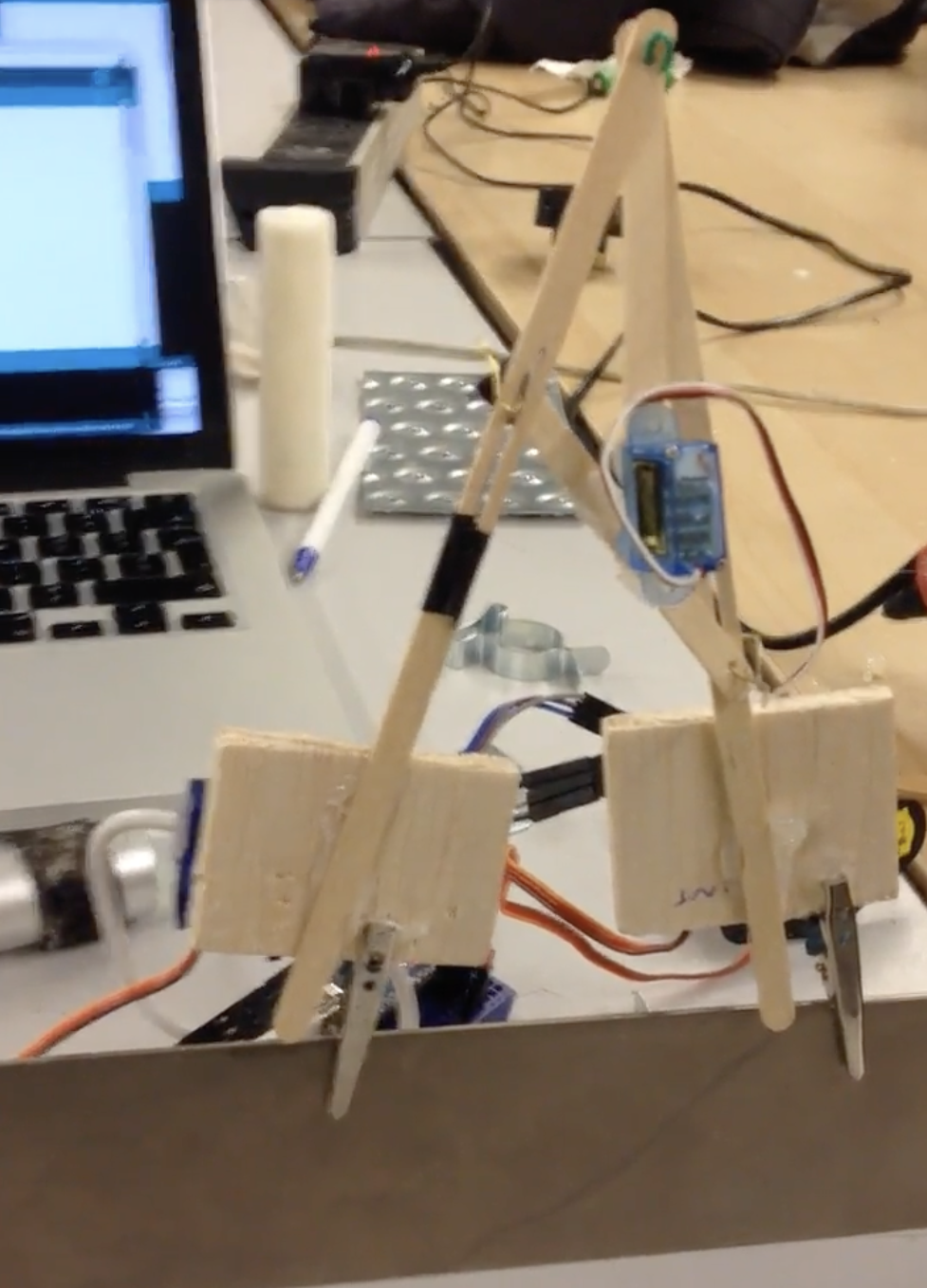
Mayke is a daily-ish creative practice, cousin to #Makevember but taking place in May
Ma(y)ke Manifesto ------------------------------ Grasp the means of production and Make something, big or tiny, every day in May unless You want to slack off for the day. There is no fayle, only mayke[More]
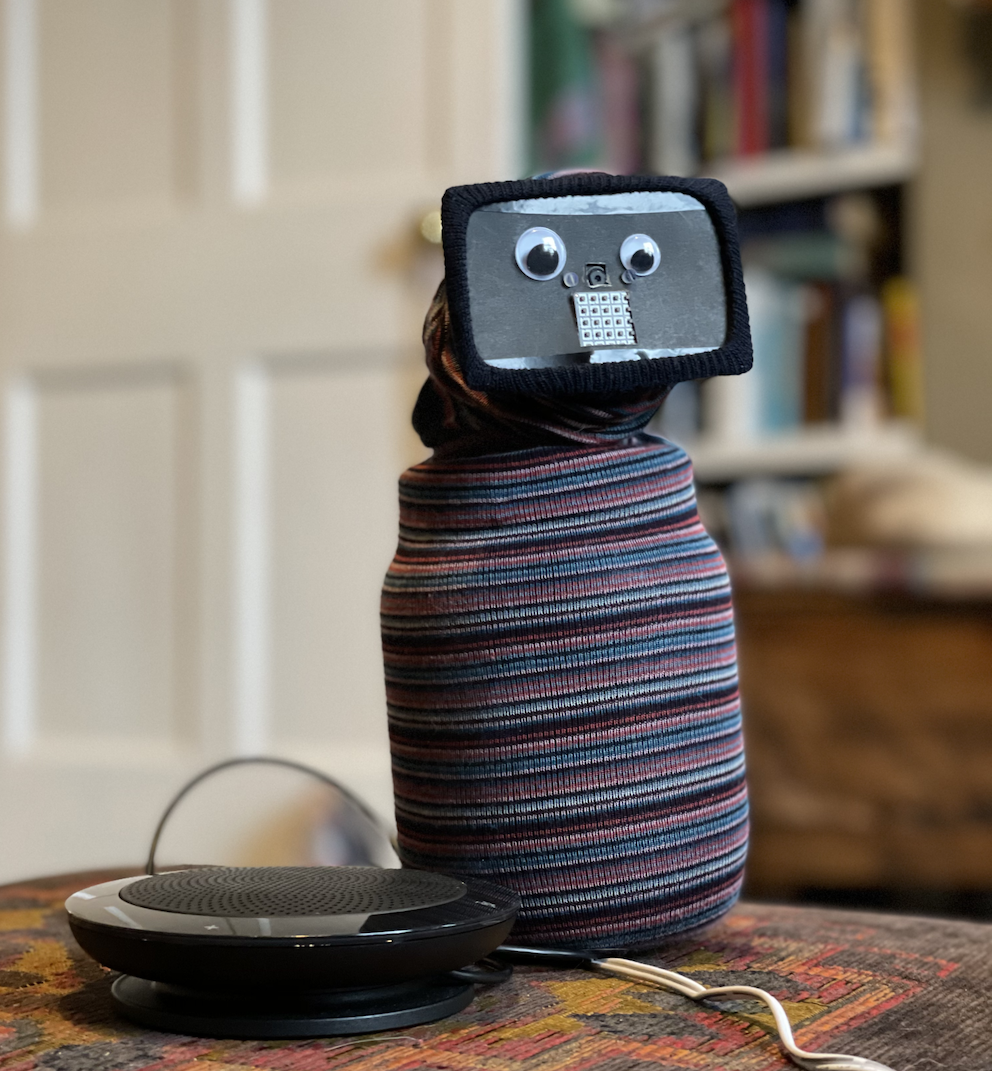
"Putting a sock on your robot always makes it better"
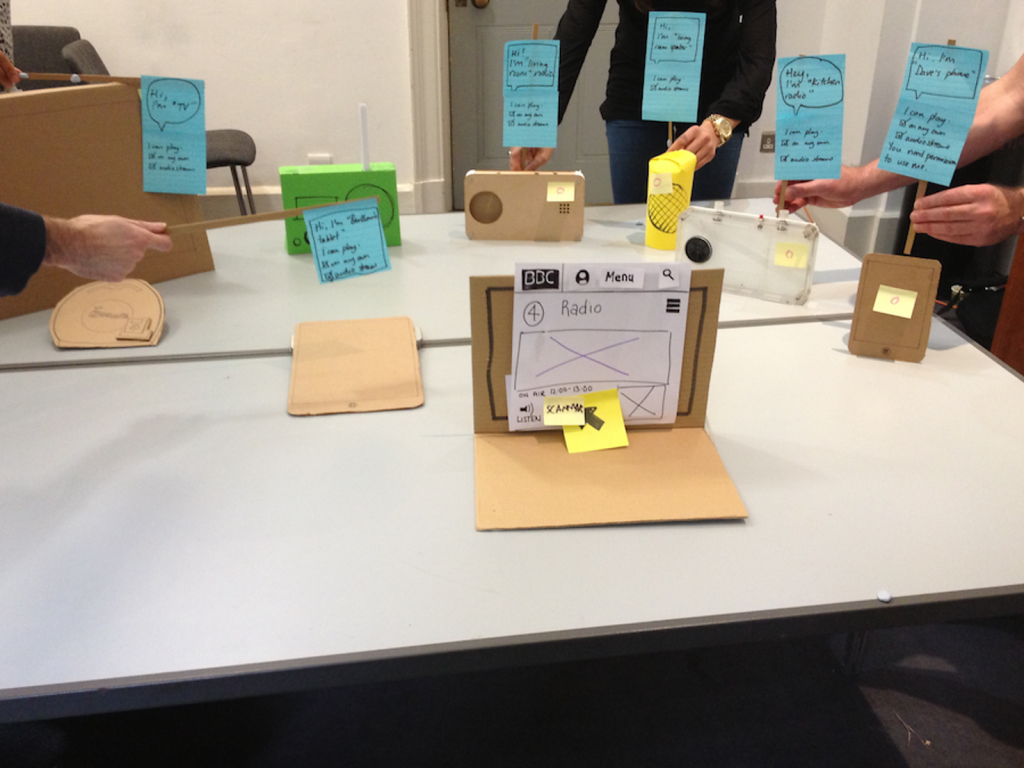
I'm extremely interested in techniques that help with divergent thinking, and along with various collaborators I've developed many tools for product and idea discovery. I have a great deal of experience in running creative workshops of this nature with peers and the public. I have an inclusive approach making sure all voices are heard.
I make lots of things, sometimes as part of #makevember or #mayke. [More]

I volunteer at the Cube Cinema in Bristol and so have been generating music and visuals to interpret and play music generated using the Cube Cinema's accounts data, a collaboration with David Hopkinson. It uses tone.js and p5.js plus video editing. We've been showing these as trailers at the Cube. [More].
I've also made a couple of these sonifications / visualisations for friends (Radar, Cybernetics). Do get in touch if you fancy something like this and have a budget for it.
As part of #mayke I made up a portable bat classifier using a Pi4, Acoupi and an audiomoth mic. The idea eventually is to hook it up to LoRaWAN so I can see detections remotely, but for now, it's a portable version that does the classifier on-device without a network, displaying the result on a small LCD screen. [More].

I've been working with Tarim of Bristol Wireless to set up LoraWAN gateways on towerblocks in Bristol, with a view to doing some interesting community sensor projects, starting with a Nature Listening workshop at KWMC

Developed as part of Makevember 2025, a camera that reads a printed sheet and plays a tune depending on whether coloured bricks are nearby [more].

A remote presence robot in a lamp, based on WebRTC, and using a Raspberry Pi and motors for movement. You control the lamp remotely from a web page and see and hear using the camera and speaker, as well as gesture (nod, turn) with the top of the lamp. In pre-Covid days when I mostly worked remotely and the rest of the team didn't, my kindly and tolerant R&D colleagues used to take Libbybot to meetings so I could participate more fully. [More], [even more].

Walls Have Eyes was an installation created for Mozfest in 2014 Jasmine Cox, Andrew Nicolaou and me as part of Ian Forrester and Jasmine's Ethical Dilemma Cafe. Jon Rogers nominated it for Designs of the Year 2015 in the digital category. We were shortlisted to the final 76, and we have set up a working installation at the Design Museum. [More]

Flowers whose faces follow you around the room, using ESP32cams and basic image processsing. Displayed at the V&A as part of Ian Forrester's Ethical Dilemma Cafe at the V&A Design Weekender in 2022. [More]

A GPT-2 machine learning experiment, living on slack, back when machine learning was fun. [More]

A Braitenberg 2C vehicle, made as part of #makevember.
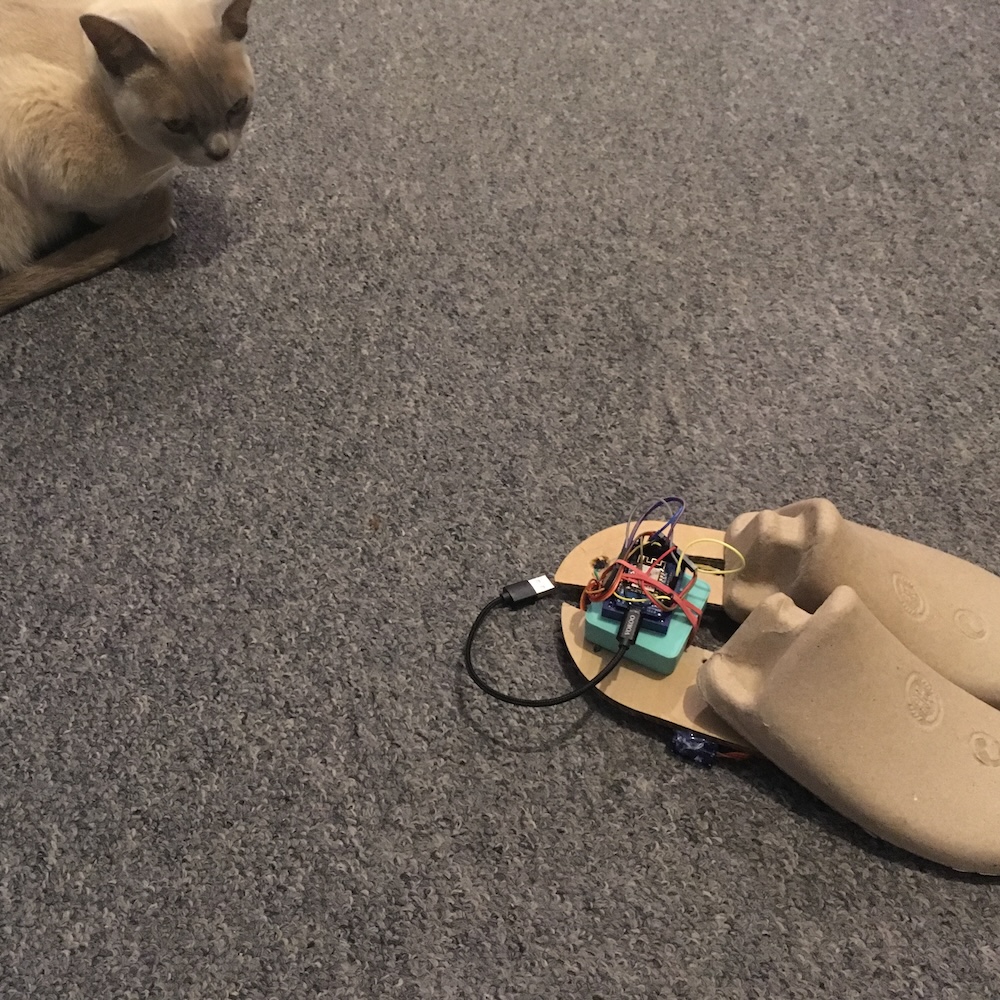
Walking feet, made as part of #mayke.

A "wobbler" - ESP8266-driven motors making the pipecleaner wobble based on slack mentions, made as part of #makevember and since used in workshops with R&D engineers, and children.